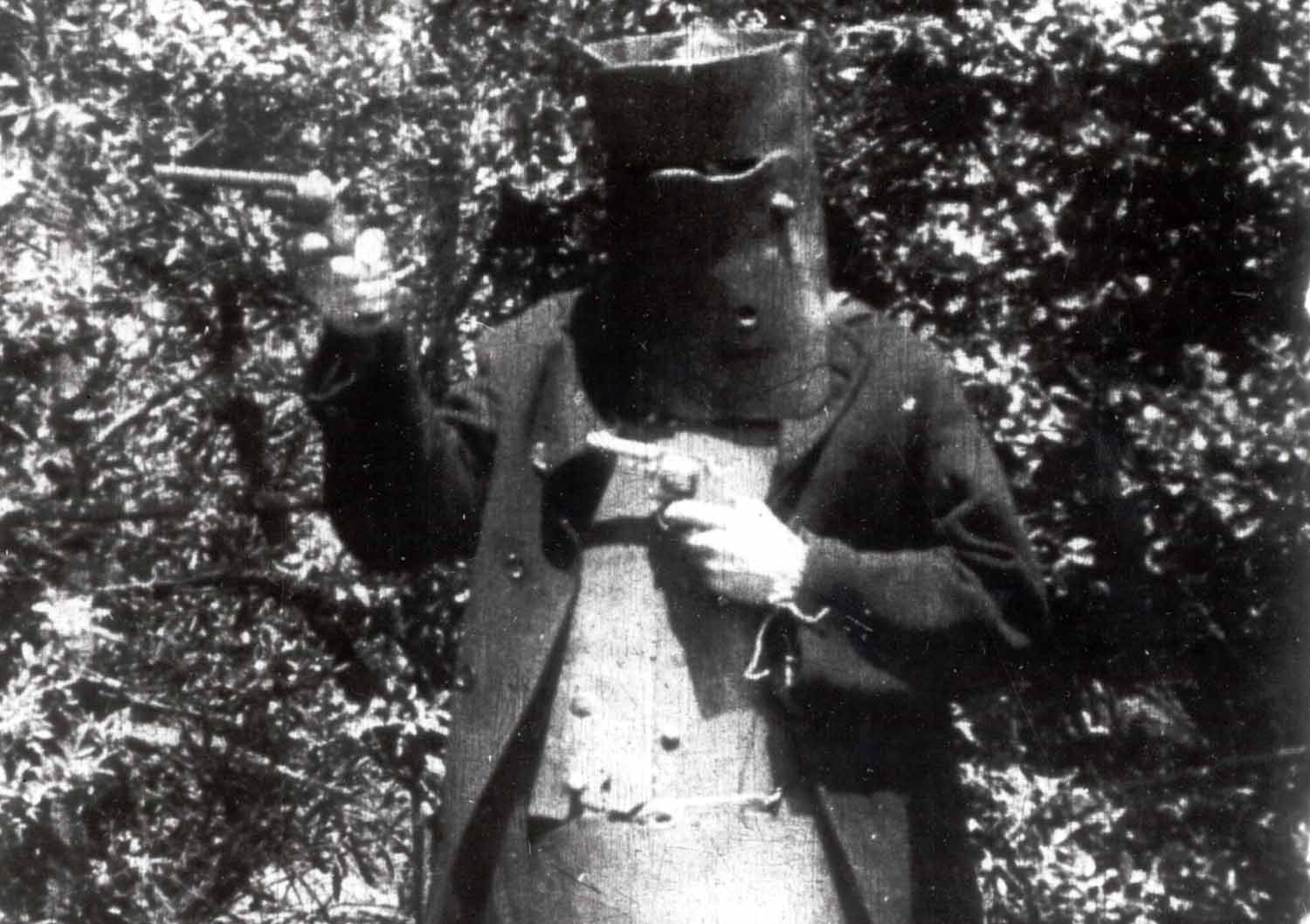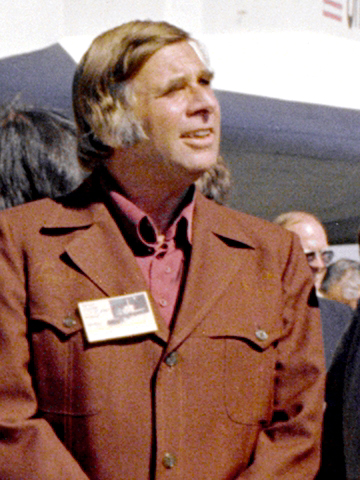|
The ABC Sunday Night Movie
''The ABC Sunday Night Movie'' is a television program that aired on Sunday nights, first for a brief time in 1962 under the title ''Hollywood Special'' (although ''Time'' magazine lists this version as ''The Sunday Night Movie'') to supposedly replace an open time slot for the TV show ''Bus Stop'', which was cancelled after March 1962. It then began airing regularly under its more commonly known title from late 1964 to 1998, on ABC. Since 2004, it has aired sporadically as a special program, now titled the ''ABC Sunday Movie of the Week'', though as of the 2011-12 television season, the only films in this timeslot were aired under the ''Hallmark Hall of Fame'' banner, which transferred to ABC in that season. However, in 2014, ''The Hallmark Hall of Fame'' moved exclusively to cable on the Hallmark Channel. As a result of this, the ''Sunday Night Movie'' is now exclusively relegated to two special holiday movies, ''The Sound of Music'' every holiday season and ''The Ten Commandme ... [...More Info...] [...Related Items...] OR: [Wikipedia] [Google] [Baidu] |
Feature Film
A feature film or feature-length film (often abbreviated to feature), also called a theatrical film, is a film (Film, motion picture, "movie" or simply “picture”) with a running time long enough to be considered the principal or sole presentation in a commercial entertainment theatrical program. The term ''feature film'' originally referred to the main, full-length film in a cinema program that included a short film and often a newsreel. Matinee programs, especially in the United States and Canada, in general, also included cartoons, at least one weekly serial film, serial and, typically, a second feature-length film on weekends. The first narrative feature film was the 70-minute ''The Story of the Kelly Gang'' (1906). Other early feature films include ''Les Misérables (1909 film), Les Misérables'' (1909), ''L'Inferno'', ''Defence of Sevastopol, The Adventures of Pinocchio (1911 film), The Adventures of Pinocchio'' (1911), ''Oliver Twist (1912 American film), Oliver Twist'' ... [...More Info...] [...Related Items...] OR: [Wikipedia] [Google] [Baidu] |
1956 In Film
The following is an overview of 1956 in film, including significant events, a list of films released and notable births and deaths. Top-grossing films (U.S.) The top ten 1956 released films by box office gross in North America are as follows: Events * February 5 – First showing of documentary films by the Free Cinema movement, at the National Film Theatre, London. * February 16 – ''Carousel'' is the first film released that was shot in CinemaScope 55. * February 23 – Arthur B. Krim and Robert Benjamin acquire Mary Pickford's interest in United Artists for $3 million giving them full ownership of UA. * February – Warner Bros. sells much of its pre-1950 library to Associated Artists Productions (a.a.p.); after a series of mergers the films return to WB 40 years later. * February – Darryl F. Zanuck announces his resignation as head of production of 20th Century Fox after 20 years as the studio head. He is later replaced by Buddy Adler. * April 18 – Grace K ... [...More Info...] [...Related Items...] OR: [Wikipedia] [Google] [Baidu] |
Pan-and-scan
Pan and scan is a film editing technique used to modify widescreen images for display on a fullscreen screen. It involves cropping the sides of the original widescreen image and panning across it when the shot's focus changes. This cropping can result in the loss of key visual elements but may draw the viewers' attention towards a particular portion of the scene. "Pan and scan" was often used with VHS tapes before widescreen home media formats such as LaserDisc, DVD, and Blu-ray became common. The vertical equivalent, known as "tilt and scan" or "reverse pan and scan," was used to adapt older films such as ''Cinderella'' (1950) for widescreen formats. These techniques have been widely criticized since their inception, with critics often disapproving of pan and scan cropping because it can remove substantial portions of the original image: up to 43% for films with a 2.35:1 aspect ratio, up to 48% for earlier 2.55:1 films, and up to 52% for 2.76:1 films. Creating new shots or c ... [...More Info...] [...Related Items...] OR: [Wikipedia] [Google] [Baidu] |
Letterboxing (filming)
Letter-boxing is the practice of transferring film shot in a widescreen aspect ratio to standard-width video formats while preserving the film's original aspect ratio. The resulting video-graphic image has mattes of empty space above and below it; these mattes are part of each frame of the video signal. Etymology The term refers to the shape of a letter-box, a slot in a wall or door through which mail is delivered, being rectangular and wider than it is high. Early home video use The first use of letter-boxing in consumer video appeared with the RCA Capacitance Electronic Disc (CED) videodisc format. Initially, letter-boxing was limited to several key sequences of a film such as opening and closing credits, but was later used for entire films. The first fully letter-boxed CED release was '' Amarcord'', and several others followed including '' The Long Goodbye'', ''Monty Python and the Holy Grail'' and '' The King of Hearts''. Each disc contains a label noting the use of "RCA ... [...More Info...] [...Related Items...] OR: [Wikipedia] [Google] [Baidu] |
The Wrath Of Khan
''Star Trek II: The Wrath of Khan'' is a 1982 American science fiction film directed by Nicholas Meyer and based on the television series ''Star Trek''. It is the second film in the ''Star Trek'' film series following '' Star Trek: The Motion Picture'' (1979), and is a sequel to the television episode "Space Seed" (1967). The plot features Admiral James T. Kirk (William Shatner) and the crew of the starship USS ''Enterprise'' facing off against the genetically engineered tyrant Khan Noonien Singh (Ricardo Montalbán). When Khan escapes from a 15-year exile to exact revenge on Kirk, the crew of the ''Enterprise'' must stop him from acquiring a powerful terraforming device named Genesis. The film is the beginning of a three-film story arc that continues with the film '' Star Trek III: The Search for Spock'' (1984) and concludes with the film '' Star Trek IV: The Voyage Home'' (1986). After the lackluster critical response to the first film, series creator Gene Roddenberry wa ... [...More Info...] [...Related Items...] OR: [Wikipedia] [Google] [Baidu] |


